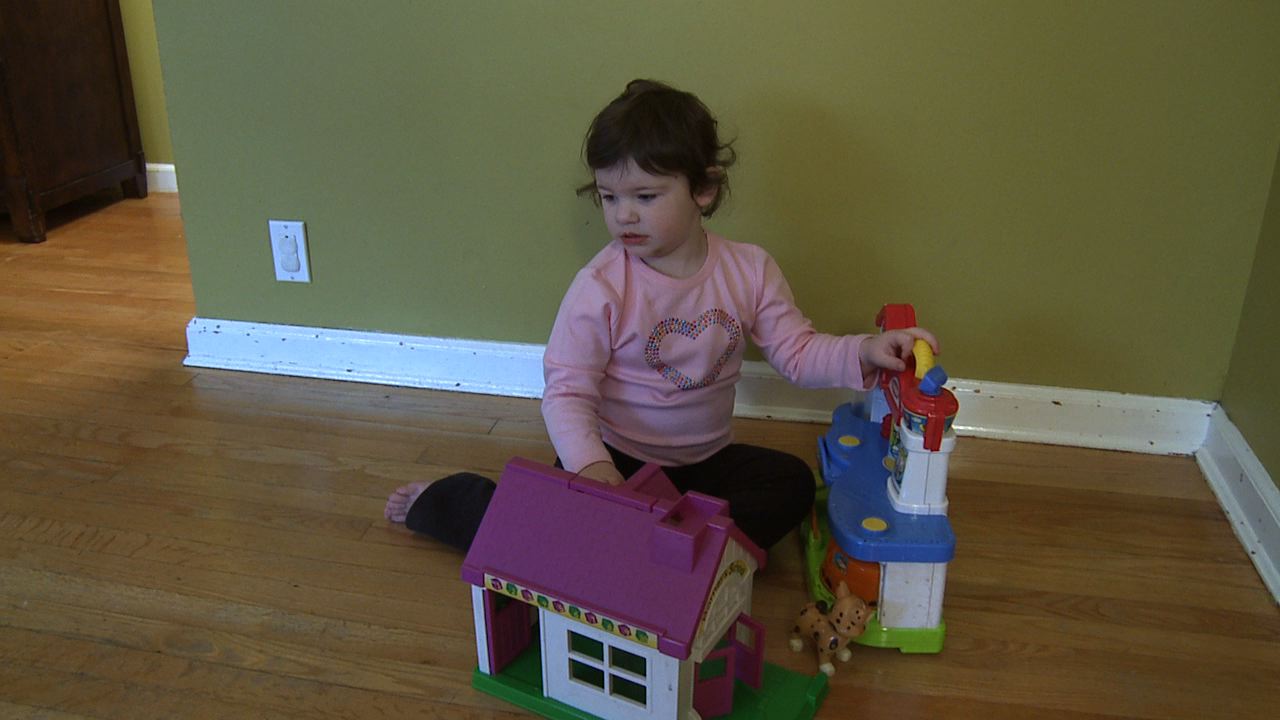Risk Alert Response to Name
Video Summary
Dr. Deborah Fein explains the importance of a child being able to respond to their own name and if a child does not respond, and has no hearing loss, then this may be a sign of possible development of autism.
"...if the child really doesn't seem to know their name, or is not interested in their name, or you have to call their name many many times, and you still don't get a response, then that's a red flag. "
— Deborah Fein PhD
Early Warning Signs related to Risk Alert Response to Name
-
Response to Name

One of the earliest risk alerts for autism spectrum disorders is a child's lack of response to their own name. Though children on the spectrum may turn and orient to their names occasionally, the frequency and conistency of their response, its coordination with eye contact and facial expression, is less than that seen in typically developing youth. Dr. Soorya describes how children who are typically developing respond to their names where children with autism may lack this skill.
-
No Response to Name

Many children on the autism spectrum do not respond when a parent calls their name. Evan's mother, Raquel, tries to get Evan's attention by calling his name but is not successful. Even after his mother tickles him, Evan does not make eye contact with his mother; rather, he continues to roll a textured block over his tongue, a potential sensory interest.
-
No Response to Name

One early warning sign of autism is when children do not respond to their name. Nathan does not appear to recognize or orient to his name when his mother calls him. He also does not respond to the examiner's use of his name.
Therapies related to Risk Alert Response to Name
-
The Response to Name / Eye Contact Program

Sandy Pih, an early intervention teacher with a specialty in autism, discusses how teachers in her classroom utilize their students' current skills and interests to teach them new skills such as responding to their names and making eye contact. If a child is motivated to look at an interesting toy, the teacher may repeatedly use that toy to secure the child's attention when calling his name, till the act of attending is associated with the child's name as well as the toy itself.
-
Response to Name /Eye Contact Therapy

Children with ASD often do not respond to their name consistently. In this clip, the therapist evaluates Quincy's response to his name in an unstructured, stimulating environment, the play room. Once preoccupied by the toys, Quincy rarely reponds to his name though his therapist attempts to encourage this skill by instructing him to look at her and praising him for orienting to her voice.
-
"Wells...wouldn't stop when they called him."

Children at risk for autism may not consistently respond to their name or check back with their parents. Georgia, Wells' therapist, describes how she taught Wells to not only stop, but to return to his parents when they called him. She did this by breaking down the various components of this command and practicing it in different situations and with other people.
Choose a category
Sign in to your account
×Forgot Your Password?
Not a problem. Simply enter your email address and we will issue a new password.






